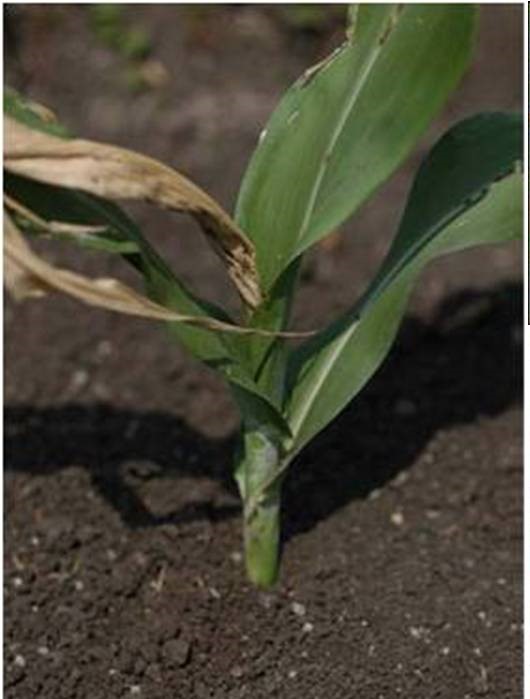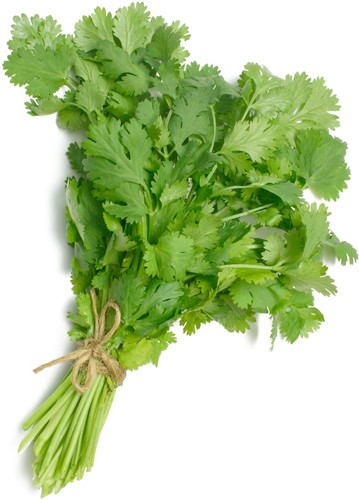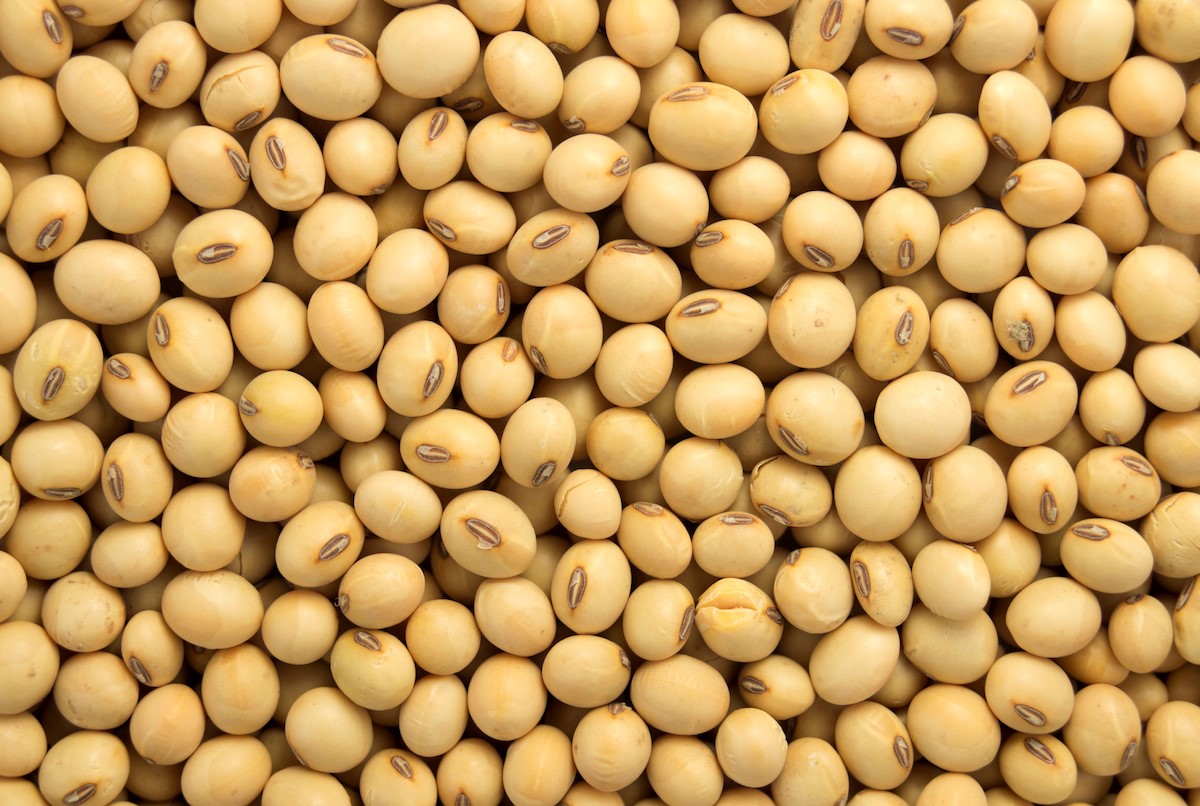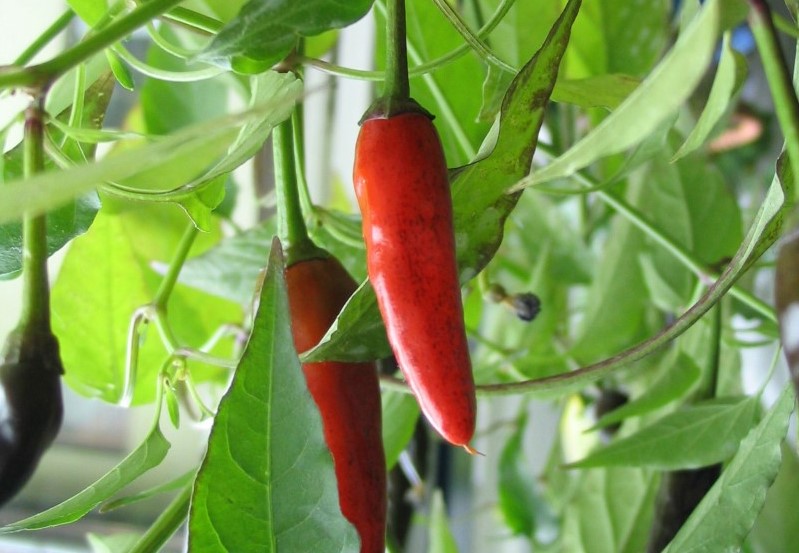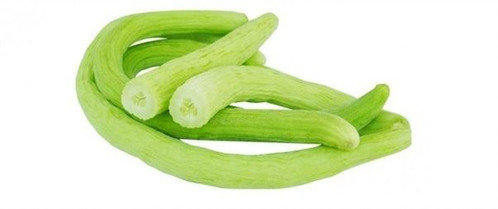- This is the major and more harmful insect of Sweet corn
- Central shoot withers and leading to “dead heart”.
- Larvae mines the midrib enter the stem and feeds on the internal tissues.
- Boreholes are visible on the stem near the nodes.
- Young larva crawls and feeds on tender folded leaves causing typical “shot hole” symptom.
- Affected parts of the stem may show internally tunneling caterpillars. In the later stage, the plant becomes die.
Control
- Mix any one of the following granular insecticides with sand to make up a total quantity of 50 kg and apply in the leaf whorls on the 20th day after sowing.
Phorate 10% G 4 kg/acre or Fipronil 0.3% G 5 kg/acre on 15-20 day after sowing. - If granular insecticides are not used, spray any one of the following:
- Bifenthrin 10% EC @ 200 ml /acre on the 20th day of sowing.
- Fipronil 5% SC @ 500 ml/ acre on the 20 day after sowing.
- Cartap Hydrochloride 50% SP @ 400 gm/acre.
Like and share with other farmers by clicking on button below
Share
